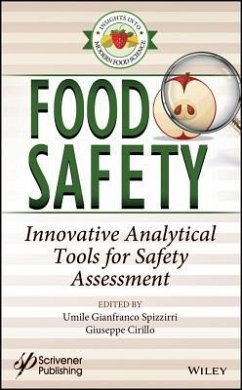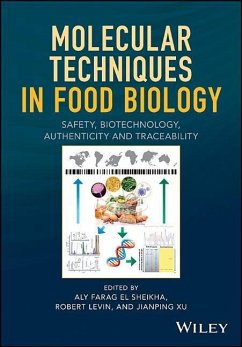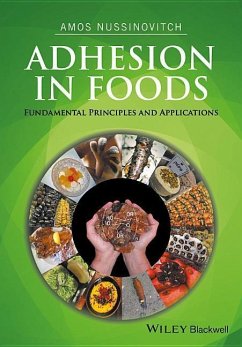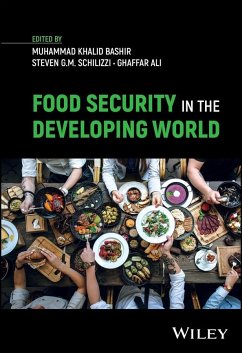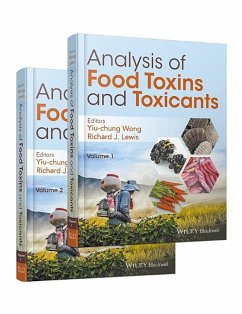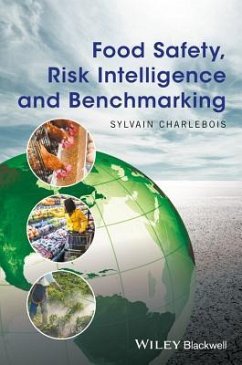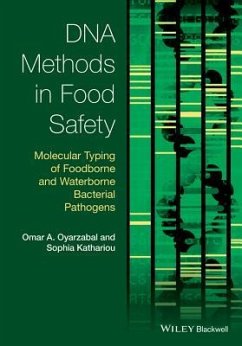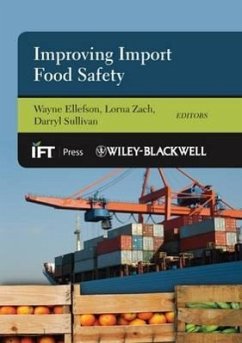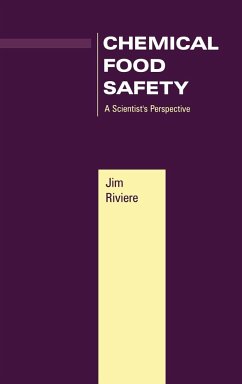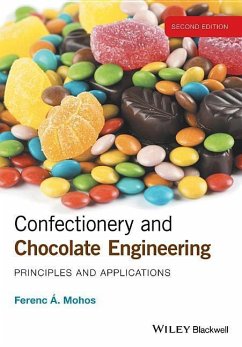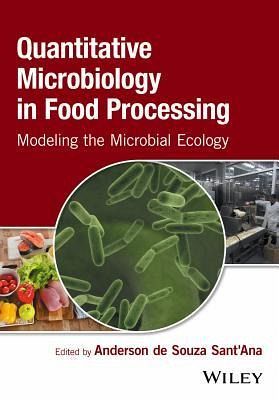
Quantitative Microbiology in Food Processing
Modeling the Microbial Ecology
Herausgeber: De Souza Sant'Ana, Anderson
Versandkostenfrei!
Versandfertig in über 4 Wochen
224,99 €
inkl. MwSt.
Weitere Ausgaben:

PAYBACK Punkte
112 °P sammeln!
Microorganisms are essential for the production of many foods, including cheese, yoghurt, and bread, but they can also cause spoilage and diseases. Quantitative Microbiology of Food Processing: Modeling the Microbial Ecology explores the effects of food processing techniques on these microorganisms, the microbial ecology of food, and the surrounding issues concerning contemporary food safety and stability. Whilst literature has been written on these separate topics, this book seamlessly integrates all these concepts in a unique and comprehensive guide. Each chapter includes background informat...
Microorganisms are essential for the production of many foods, including cheese, yoghurt, and bread, but they can also cause spoilage and diseases. Quantitative Microbiology of Food Processing: Modeling the Microbial Ecology explores the effects of food processing techniques on these microorganisms, the microbial ecology of food, and the surrounding issues concerning contemporary food safety and stability. Whilst literature has been written on these separate topics, this book seamlessly integrates all these concepts in a unique and comprehensive guide. Each chapter includes background information regarding a specific unit operation, discussion of quantitative aspects, and examples of food processes in which the unit operation plays a major role in microbial safety. This is the perfect text for those seeking to understand the quantitative effects of unit operations and beyond on the fate of foodborne microorganisms in different foods. Quantitative Microbiology of Food Processing is an invaluable resource for students, scientists, and professionals of both food engineering and food microbiology.




